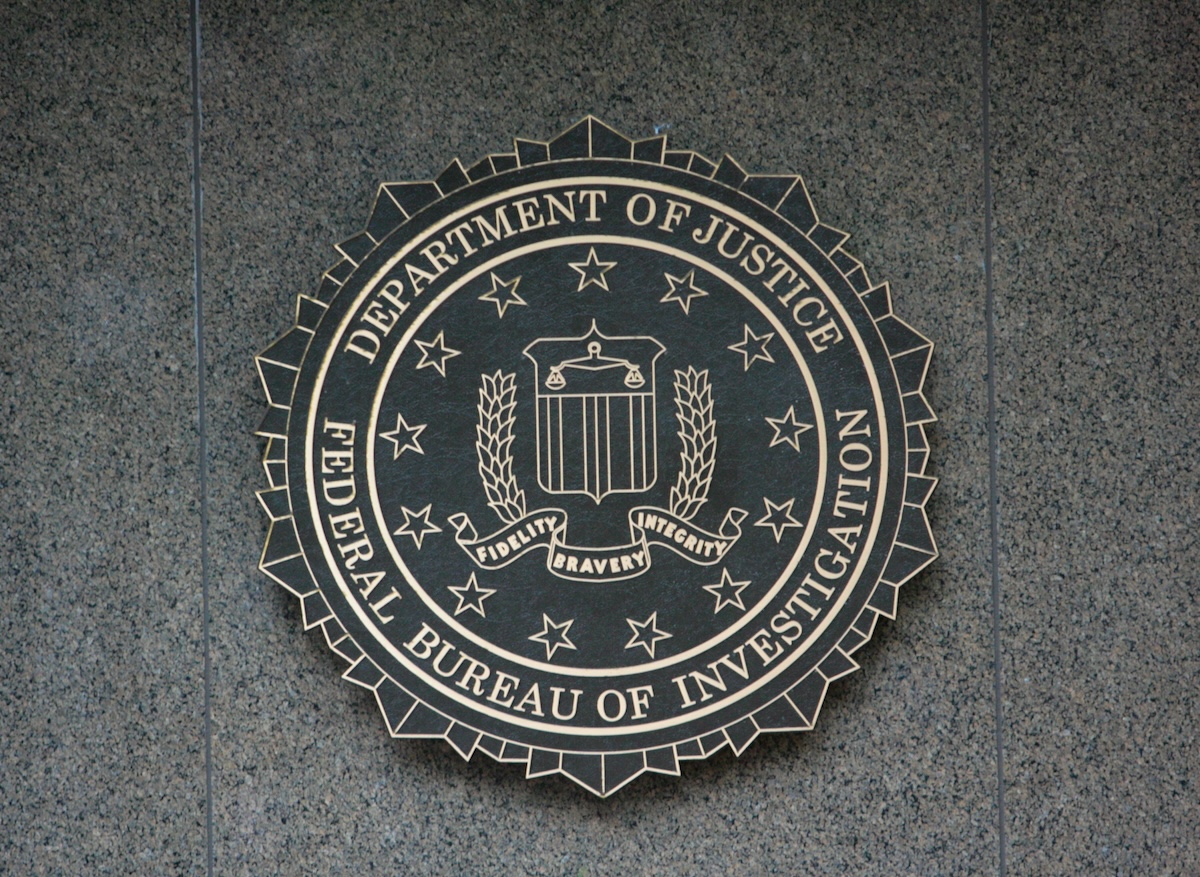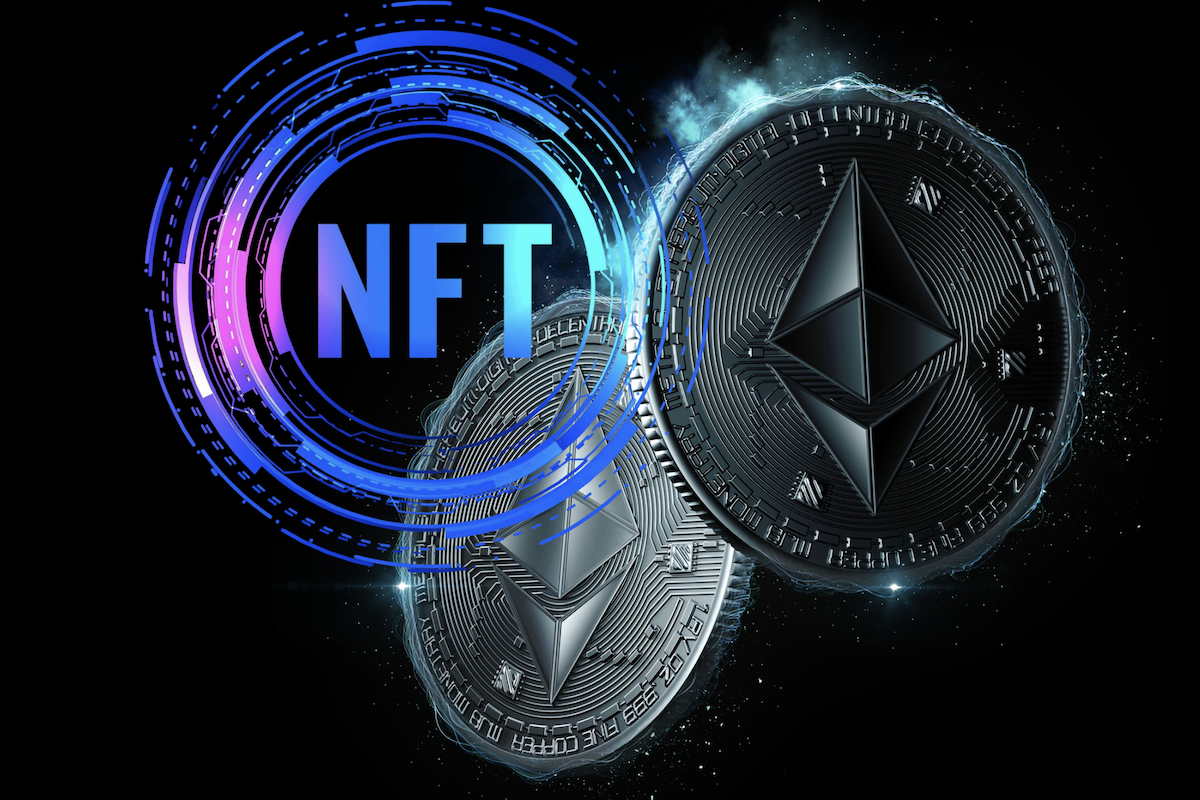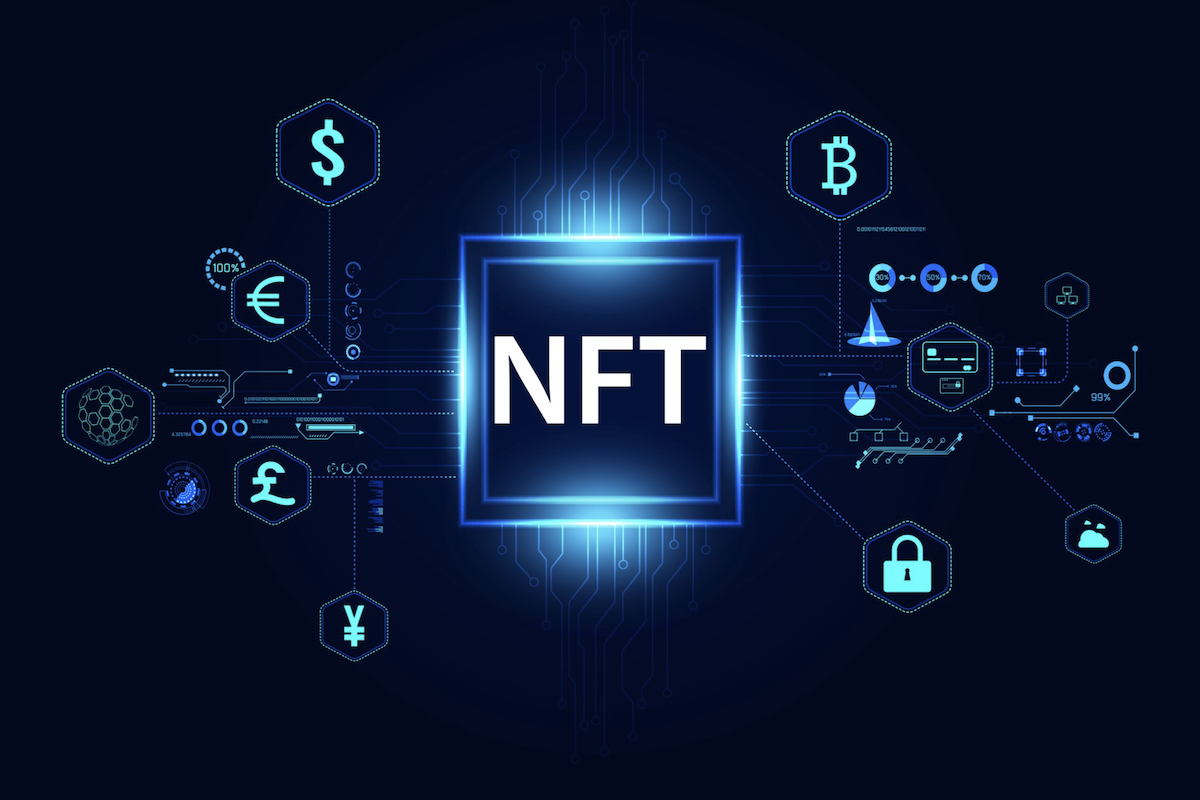Bitcoin Ordinals' Minting Cost Solution: The BRC-69 Token Standard
Luminex introduces the BRC-69 token standard, a modification of BRC-20, aiming to reduce minting costs by 90% and help manage Bitcoin transaction fees.

In a new development in the Bitcoin blockchain space, Luminex, a recognized Bitcoin Ordinals launchpad, has significantly altered the BRC-20 token standard. The modified version, the recursive BRC-69 token standard, boasts a substantial reduction in minting costs by a notable 90%.
The amendment was driven by Luminex's objective to mitigate the increasing transaction fees that have been a concern for network users. The company posits that its BRC-69 token standard can drive considerable fee savings for minters as it requires just a single line of text to be inscribed onto the blockchain instead of a complete image.
Addressing Block Size Limitations and High Transaction Fees
With the growing popularity of the Ordinals protocol, an upsurge in the number of users embedding data into Non-Fungible Ordinals collections on Bitcoin has been observed. This increased activity has triggered a surge in demand for Bitcoin block space, leading to an escalation in network fees associated with Bitcoin.
https://twitter.com/luminexio/status/1675832800761778183This proposal from Luminex comes barely a month after Bitcoin Ordinals' developers sought to tackle the block size limit of 4 MB by introducing recursive inscriptions. A departure from conventional Ordinals inscriptions, recursive inscriptions leverage a special syntax to reference each others' content.
The Bitcoin network has recently experienced a scarcity of block space due to the increasing number of BRC-20 inscriptions. This has inevitably led to an escalation in BTC transaction fees as the number of pending transactions grows.
In an effort to tackle this, Luminex's BRC-69 standard proposes a four-step process that includes "inscribe traits", "deploy collection", "compile collection", and "mint assets". The approach simplifies the process for minters who now only need to inscribe a single line of text rather than a complete image.

The Ordinals Protocol and the Emergence of Bitcoin NFTs
The Ordinals protocol, launched by software engineer Casey Rodarmor in January 2023, has been a key development in the Bitcoin ecosystem. This unique protocol facilitates the creation of data directly on the Bitcoin blockchain. More specifically, it allows for data to be added to satoshis, the smallest unit of Bitcoin. This process, known as inscription, can add arbitrary content such as an image, video, audio, or text.
Inscribed satoshis have the potential to generate Bitcoin-native digital artifacts, giving rise to what can be termed as Bitcoin NFTs. Since the Ordinals protocol was updated in March 2023 to facilitate the minting of BRC-20 tokens, these tokens have seen substantial adoption.





